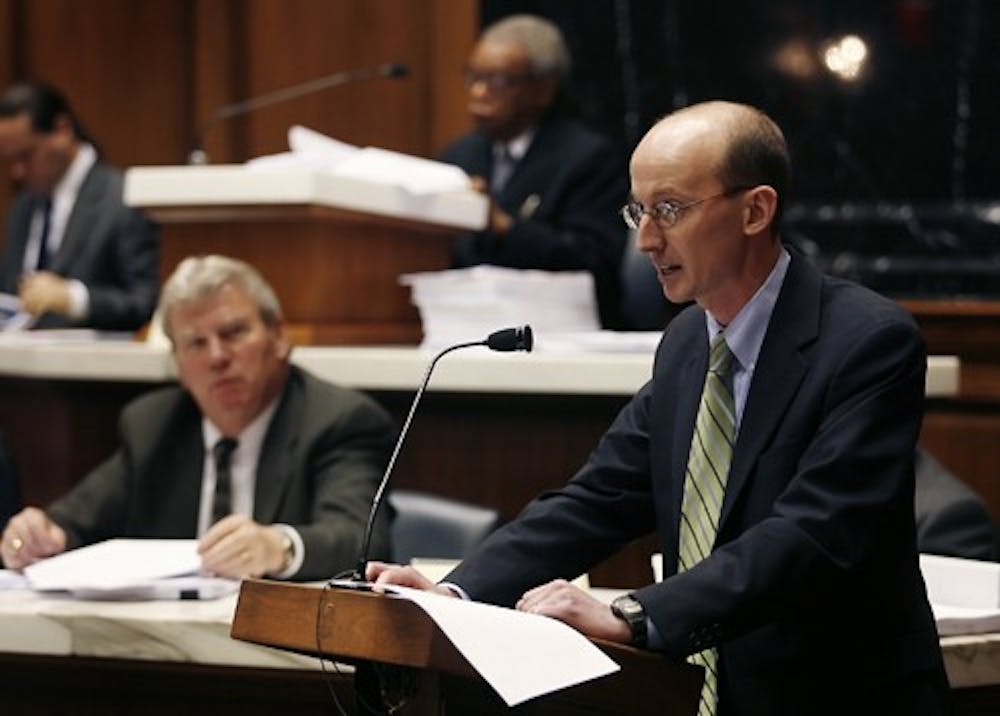INDIANAPOLIS – The tax policy leader of the state Senate said Tuesday he has concerns about capping homeowner property bills at 1 percent of the home’s value, suggesting it could be too hard a hit on some local governments.\n“If we’re going to have a percentage cap on homeowners, what is a fair number?” Senate Tax Chairman Luke Kenley, R-Noblesville, said after a three-hour hearing on proposals to cap assessments. “Is it 1 percent ... or what other number is it?”\nUnder current law, bills on owner-occupied homes would be capped at 2 percent of their assessments beginning next year. Bills on other property, such as commercial and industrial parcels, would be capped at 3 percent of assessments beginning in 2010.\nWhen fully implemented, that originally was estimated to save taxpayers – and cost local governments – about $100 million in property taxes in 2010. But new estimates say local governments overall would get $380 million less in revenue. The Legislative Services Agency said it increased the estimates based on new data.\nGov. Mitch Daniels has proposed a plan that includes capping homestead bills at 1 percent of assessed value beginning in 2009, with 2 percent caps on rental property and 3 percent limits on business property. The caps are commonly referred to as “circuit breakers.”\nThe effect of those, when applied to other parts of Daniels’ plan that include higher homestead deductions and the state assuming some local levy costs, would save property taxpayers about $748 million. But they would leave counties and their taxing units as a whole with the same amount in projected revenue shortfall.\nEstimates show those shortfalls would be 5 percent or less in most counties, and the Daniels administration has said most local governments could make up the loss by simply cutting spending by 5 percent or less.\nBut the shortfalls in some counties would be higher. For example, the state projects that Delaware County and its government units would spend about $237 million in 2010, but the caps would reduce that revenue by about $27 \nmillion – an 11 percent shortfall.
Local legislators worry about burden of Gov. Daniel’s 1 percent tax cap plan

Get stories like this in your inbox
Subscribe





